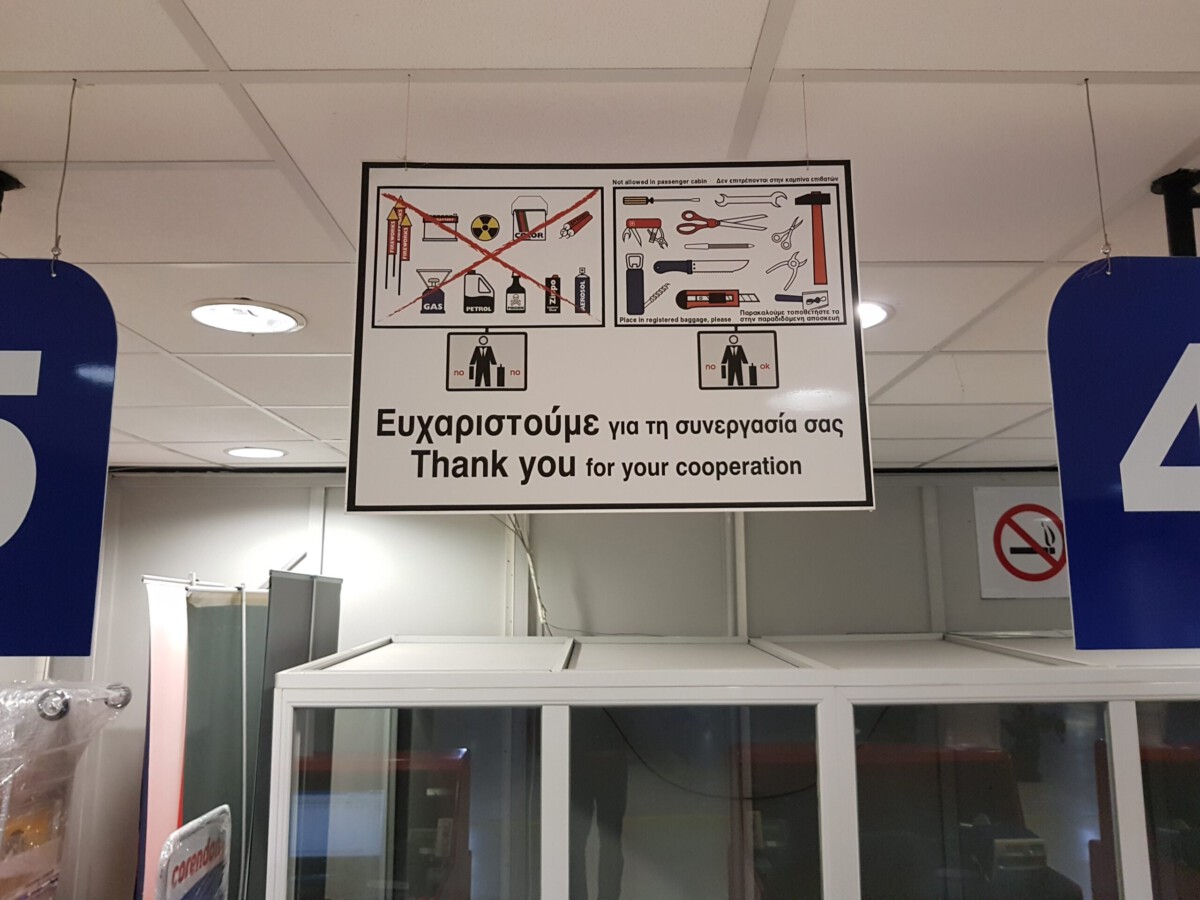Taking Photos in Restricted Areas
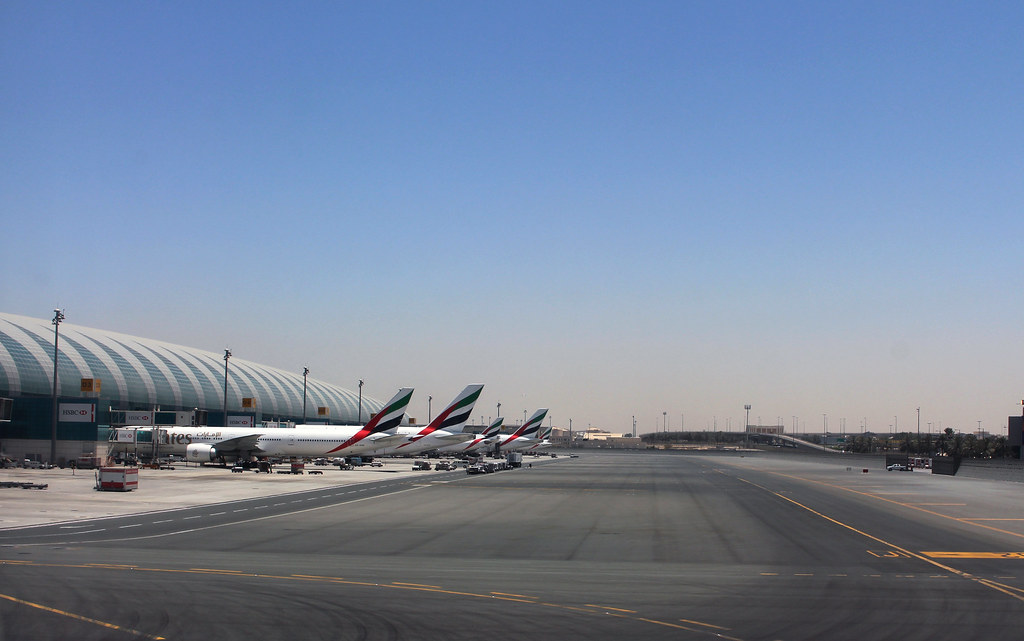
Many travelers love to snap photos for memories or to share with friends, but what most people don’t realize is that airports have strict rules about where pictures are allowed. In many airports around the world, taking photos near security checkpoints, customs, or any military zones is strictly prohibited. The Transportation Security Administration (TSA) updated its guidelines in 2024, stating that photographing or filming in these areas can result in your camera or phone being confiscated, hefty fines, or even further legal issues. Airports like London Heathrow and Dubai International make these rules clear with well-marked signs, but not everyone pays attention. Ignoring these restrictions can lead to awkward confrontations with security staff or delays in your journey. Many travelers are caught off guard, thinking snapping a quick picture is harmless, but it’s taken seriously for safety and privacy reasons. Always double-check for posted warnings and, if in doubt, ask airport staff before pulling out your camera. It’s a simple move that can save you from a lot of unnecessary stress.
Using Unauthorized Charging Stations

Most of us have tried to recharge our devices at the airport, especially when flights get delayed or connections are tight. However, plugging your phone into those free USB charging ports scattered around terminals isn’t just risky — it’s sometimes against airport policy. According to a 2023 report from the Cybersecurity and Infrastructure Security Agency (CISA), incidents of “juice jacking” — where hackers access your data through compromised USB ports — increased at major airports worldwide. Some airports have started prohibiting use of older, unsecured charging stations to protect travelers from these threats. Instead, they’re rolling out secure charging kiosks and encouraging travelers to use their own chargers plugged into standard wall outlets. It’s a rule that’s easy to overlook, but with cybersecurity threats becoming more sophisticated, airports are cracking down. If you’re unsure, stick to your personal charger and a regular outlet, or bring a portable battery pack to avoid both risk and rule-breaking. A little planning goes a long way when it comes to keeping your data safe.
Bringing Prohibited Items Through Security
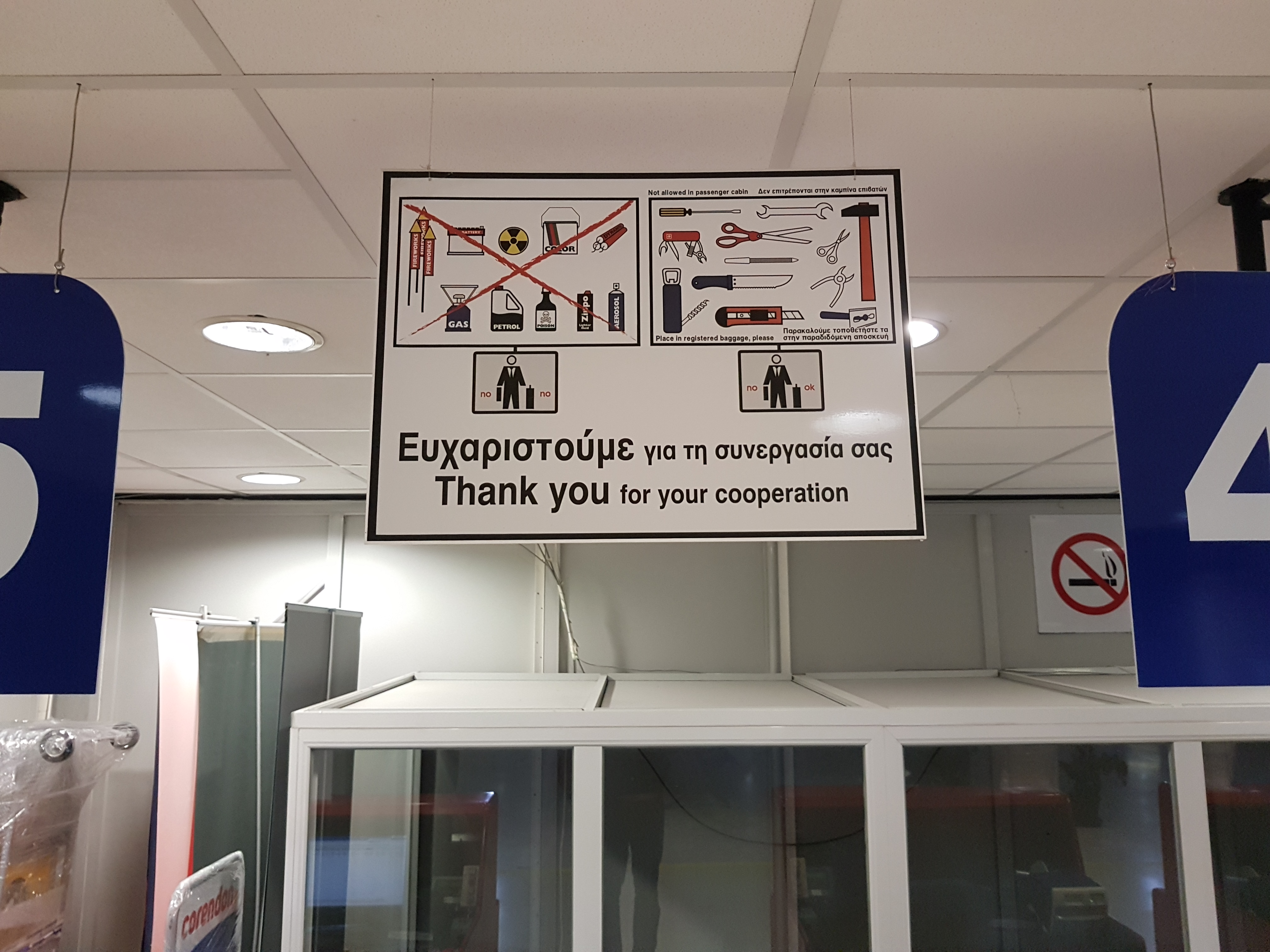
Packing for a trip often leads to last-minute decisions about what to bring, but there’s a long list of items that are simply not allowed past airport security. The TSA’s 2025 prohibited items list includes common offenders like liquids over 100 milliliters, sharp tools, and newer additions like certain lithium batteries and vaping devices. These restrictions aren’t just for show—carrying banned items can get you fined up to $500, and you might even miss your flight if you’re pulled aside for extra screening. In recent years, enforcement has ramped up, with more frequent checks and higher penalties for violations. For instance, lithium batteries in checked luggage are now strictly forbidden due to fire risks. Even seasoned travelers sometimes get caught out when rules change, so it’s vital to check the most recent TSA or local authority guidelines before you pack. The rules are updated often, especially as new risks are identified, so don’t assume last year’s information still applies.
Blocking Emergency Exits or Aisles

It’s tempting to set your bag down and take a breather, especially during long layovers, but placing luggage in walkways or sitting in terminal aisles is a significant safety violation. The Federal Aviation Administration (FAA) and international airport authorities have made it clear that keeping emergency exits and aisles clear is non-negotiable. In 2024, several airports reported delays in emergency response because passengers or their bags were blocking escape routes, prompting stricter enforcement and even fines. If you’re caught obstructing these areas, staff will ask you to move, and repeat offenses can result in penalties or denied boarding. The rule isn’t just about inconvenience — it’s about ensuring everyone can evacuate quickly in case of an emergency. Always keep your belongings close but out of the way, and make sure you’re not contributing to a potential safety hazard while you wait for your flight.
Smoking Outside Designated Areas
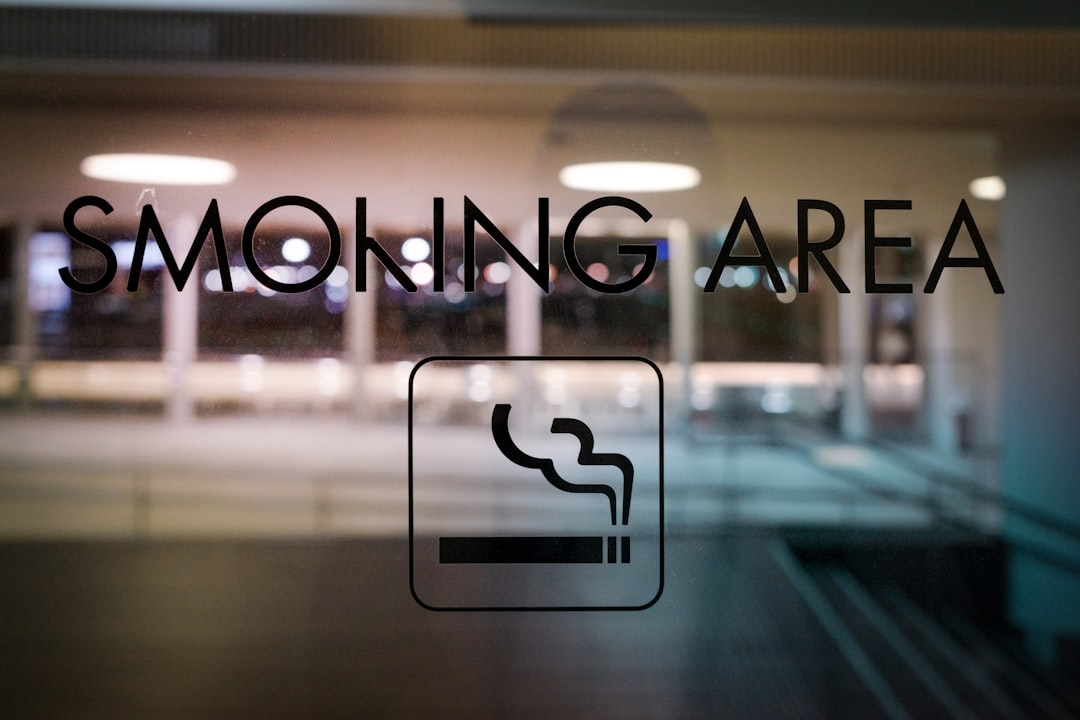
Though smoking in public spaces has declined, some airports still offer designated smoking lounges for travelers. Lighting up outside these zones, however, is strictly prohibited and can result in fines or even removal from the airport. The World Health Organization (WHO) noted in 2023 that over 70% of the world’s airports have implemented full smoke-free policies to improve air quality and protect non-smoking passengers. Major airports like Singapore Changi and Tokyo Haneda back this with surveillance cameras and frequent patrols, making it nearly impossible to break the rules unnoticed. Violators are often surprised at how strictly these policies are enforced, sometimes learning the hard way with an expensive ticket. If you need a smoke, look for clearly marked areas or ask airport staff for directions; it’s much easier than facing a fine or missing your flight. Adhering to these rules helps keep the air cleaner for everyone.
Using Fake Boarding Passes or IDs
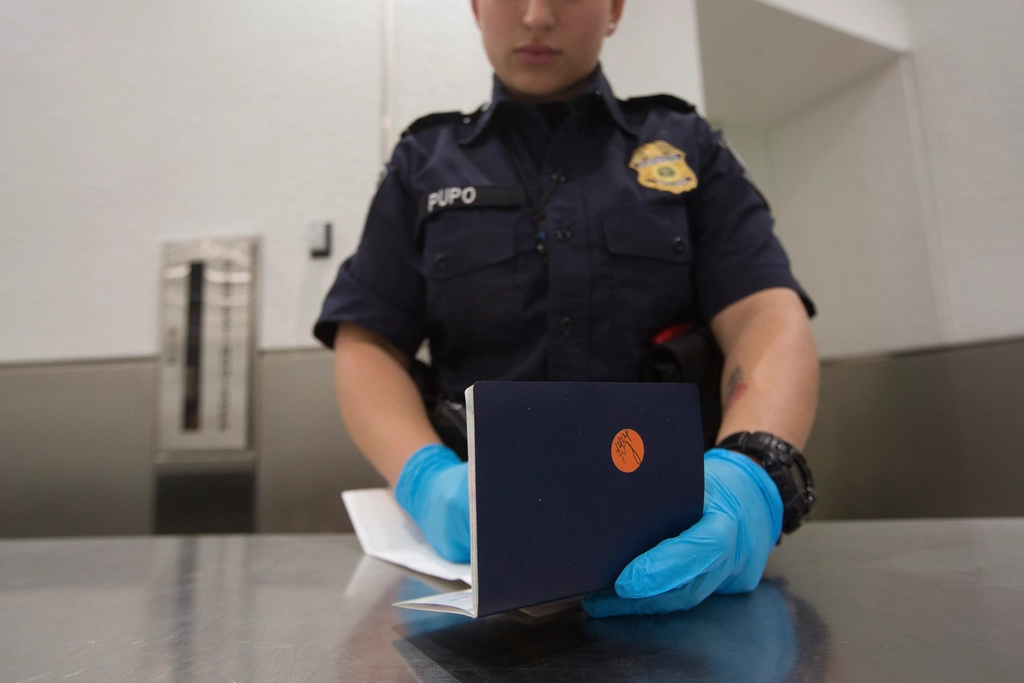
Some travelers may try to use a counterfeit boarding pass or fake identification to skip lines or gain unauthorized access, but airports are now better equipped than ever to spot these tricks. The International Air Transport Association (IATA) reported a 15% increase in detection of fake documents in 2024, thanks to new biometric scanners and digital verification methods. Attempting to use forged documents is a serious offense that can lead to arrest, hefty fines, and travel bans, with no exceptions. Biometric facial recognition and QR code boarding passes have made it almost impossible to fool airport security. Even trying to use a screenshot of someone else’s boarding pass or a doctored ID can result in major legal trouble. The consequences are severe, and airports have zero tolerance for this kind of fraud, so always use official documents issued by airlines or government authorities for your journey.
Bringing Pets Without Proper Documentation

Pet owners often assume that bringing their furry friends along requires little more than a carrier and a leash, but airlines and airports have strict documentation rules. The U.S. Department of Agriculture (USDA) updated its pet travel regulations in 2025, now requiring proof of up-to-date vaccinations and a veterinary health certificate for all animals entering or leaving the U.S. or other countries. Failing to provide proper paperwork can result in your pet being quarantined, denied boarding, or even refused entry at your destination. Airports have set up dedicated pet relief areas and check-in desks, but these are only for travelers who have met all requirements. Many travelers are caught off guard when asked for documents at the gate, causing last-minute panic and even travel disruptions. To avoid heartbreak and hassle, always double-check the latest pet travel rules with your airline and destination before you fly.
Using Hoverboards or E-Scooters in Terminals
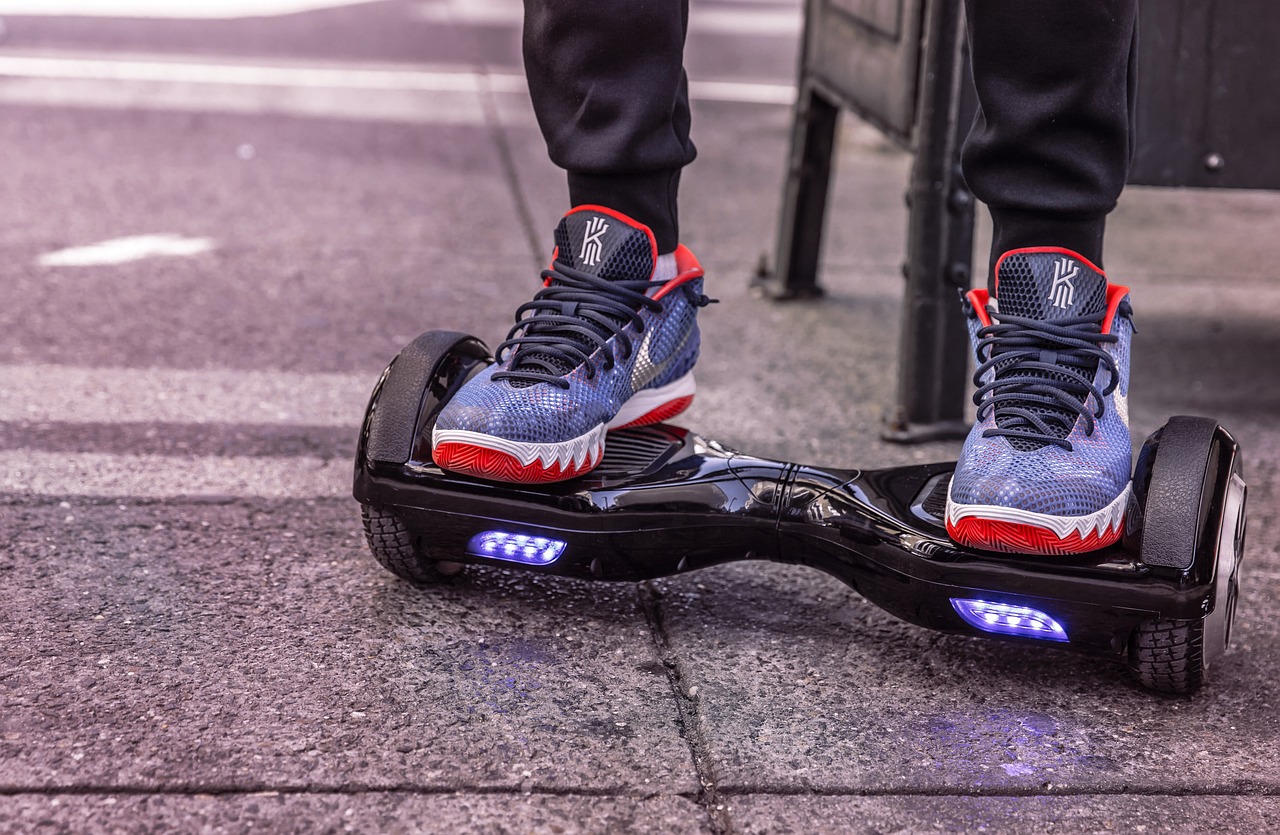
Hoverboards and e-scooters have become popular for their convenience, but airports have banned their use inside terminals due to safety and fire risks. The FAA and TSA both classify hoverboards as hazardous, primarily because of their lithium batteries, which are prone to overheating and fires. Airports like Los Angeles International and Frankfurt have enforced these bans since 2023, with clear signage and regular announcements reminding passengers of the rules. If you’re caught riding or even carrying a hoverboard inside, you risk having the device confiscated or facing a fine. Travelers often think these rules are just for checked luggage, but they apply everywhere inside the terminal. Instead, use airport shuttles, walk, or request special assistance if mobility is a concern. The crackdown is about keeping everyone safe and preventing potential accidents.
Ignoring COVID-19 Health Protocols
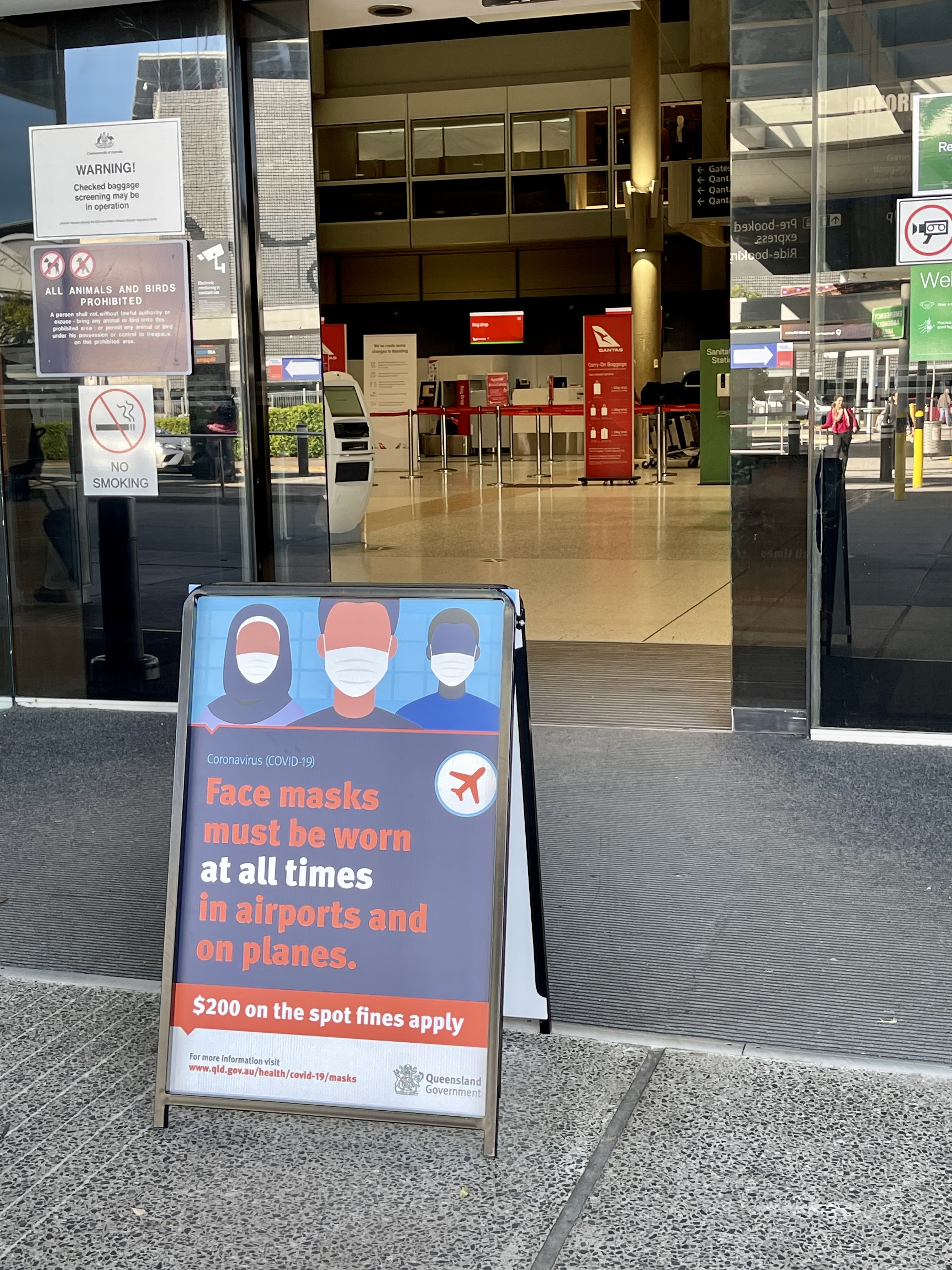
While the strictest pandemic-era travel restrictions have eased, some airports still maintain health protocols for certain flights or high-traffic areas. In 2025, the International Civil Aviation Organization (ICAO) updated its guidelines, stating that airports may require masks or proof of vaccination for specific routes or regions. Airports in countries like Japan and South Korea continue to enforce mask mandates in crowded indoor spaces, as part of their public health strategy. Ignoring these protocols can get you denied boarding, fined, or delayed at security. Travelers are often surprised to find that local rules differ from international guidelines, so it’s vital to check requirements before you travel. Health protocols are posted in multiple languages throughout most airports, but many people still overlook them in the rush to catch their flights. Following these rules isn’t just about compliance—it helps protect vulnerable travelers and keeps operations running smoothly.

